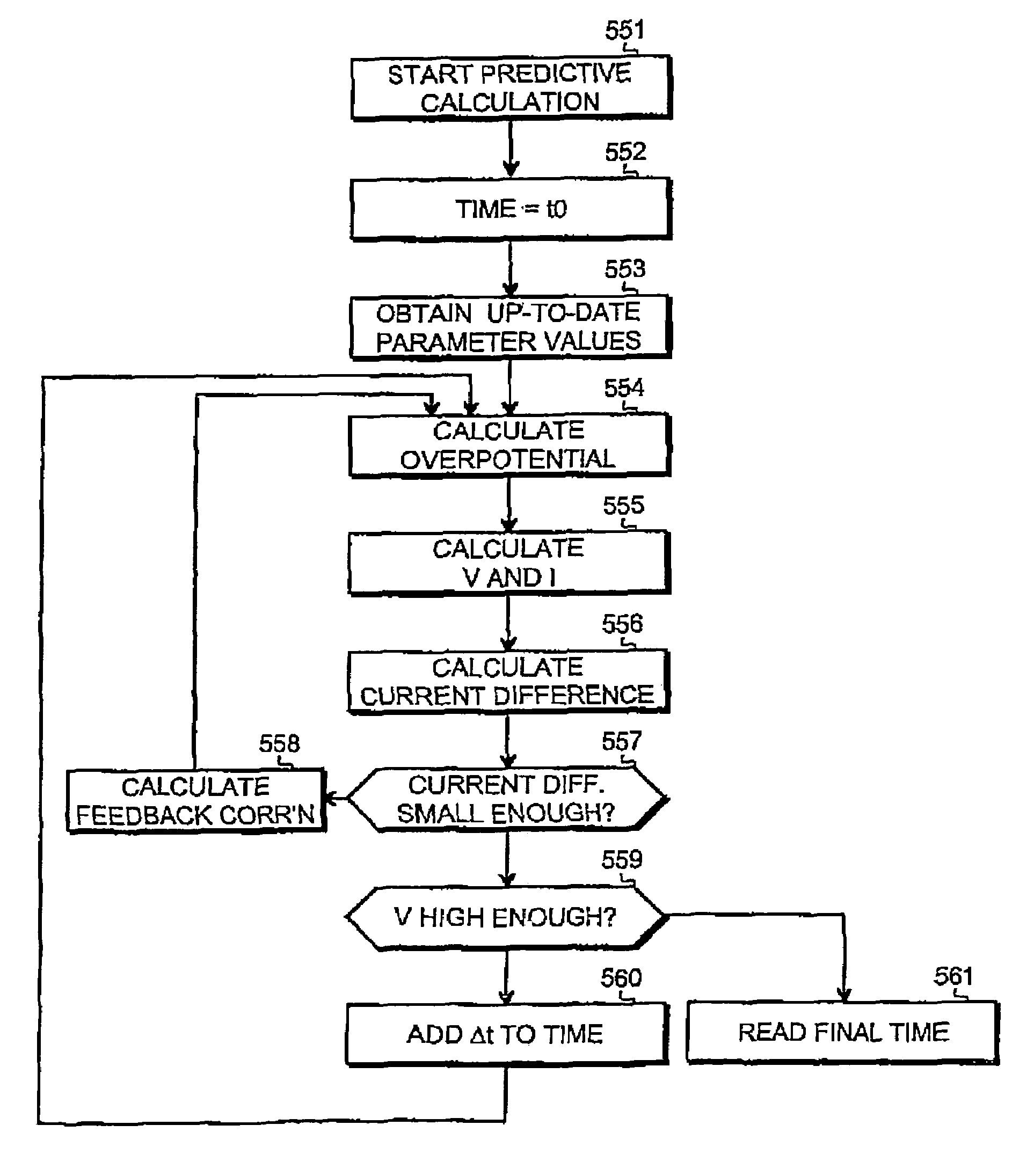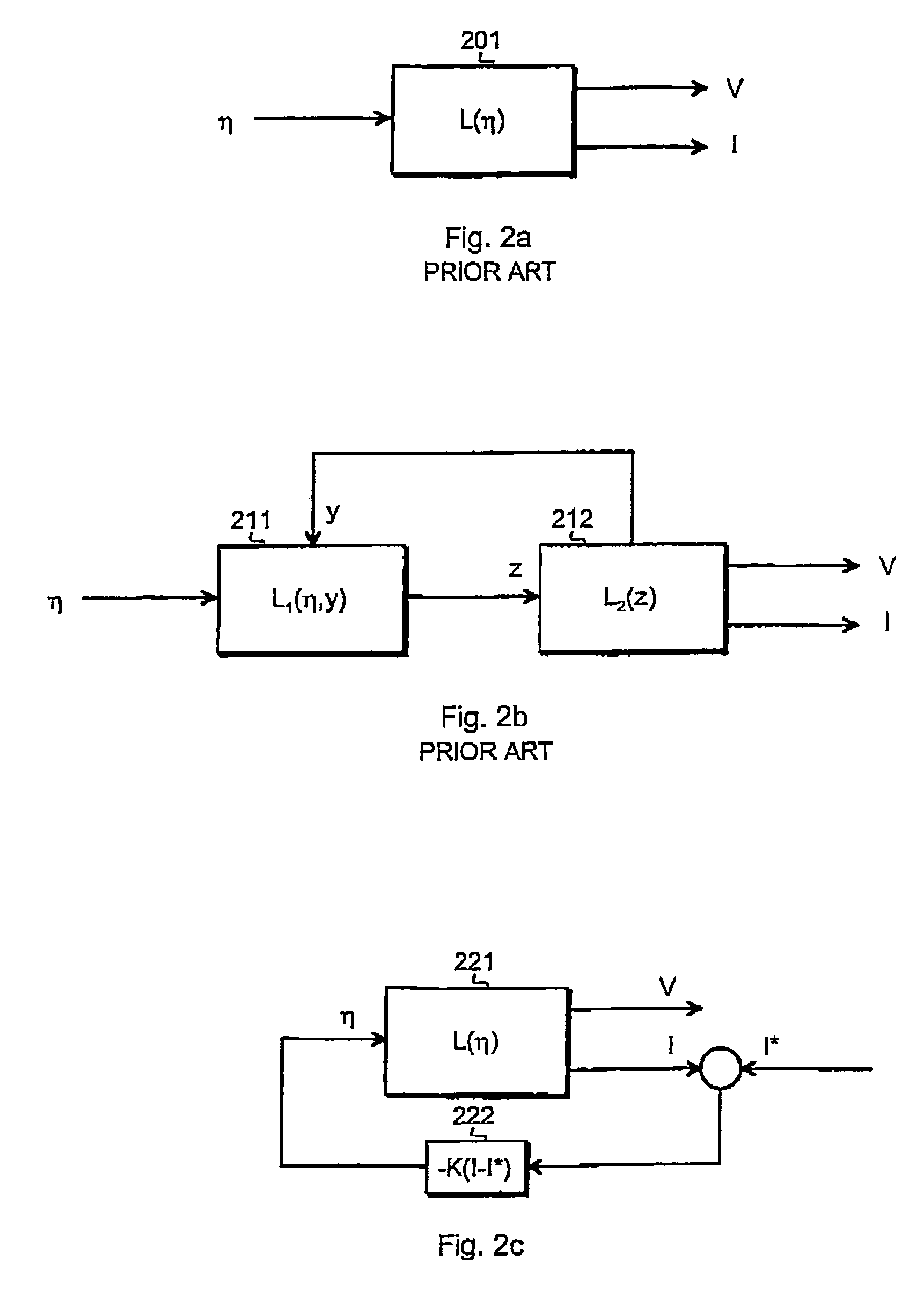Method and apparatus for soft-sensor characterization of batteries
a soft-sensor and battery technology, applied in the direction of electric testing/monitoring, process and machine control, electric devices, etc., can solve the problems of limited accuracy in predicting the actual behaviour of batteries, remarkable deviations from correct, and inability to accurately predict back-up or cut-off time.
- Summary
- Abstract
- Description
- Claims
- Application Information
AI Technical Summary
Benefits of technology
Problems solved by technology
Method used
Image
Examples
Embodiment Construction
[0030]The exemplary embodiments of the invention presented in this patent application are not to be interpreted to pose limitations to the applicability of the appended claims. The verb “to comprise” is used in this patent application as an open limitation that does not exclude the existence of also unrecited features. The features recited in depending claims are mutually freely combinable unless otherwise explicitly stated.
[0031]FIG. 2a is a simple graphical representation of the principle of predictive calculation, i.e. mathematically simulating a battery in a back-up situation in a known way. The symbol η at the left denotes overpotential, which is a parameter that is commonly used to describe the state of a battery during discharging (the whole name of this parameter is surface overpotential, and the definition is η=ΦS−Φ1−U where ΦS denotes solid matrix potential, Φ1 denotes electrolyte potential and U denotes thermodynamic equilibrium potential). The block 201 represents a math...
PUM
 Login to View More
Login to View More Abstract
Description
Claims
Application Information
 Login to View More
Login to View More - R&D
- Intellectual Property
- Life Sciences
- Materials
- Tech Scout
- Unparalleled Data Quality
- Higher Quality Content
- 60% Fewer Hallucinations
Browse by: Latest US Patents, China's latest patents, Technical Efficacy Thesaurus, Application Domain, Technology Topic, Popular Technical Reports.
© 2025 PatSnap. All rights reserved.Legal|Privacy policy|Modern Slavery Act Transparency Statement|Sitemap|About US| Contact US: help@patsnap.com



